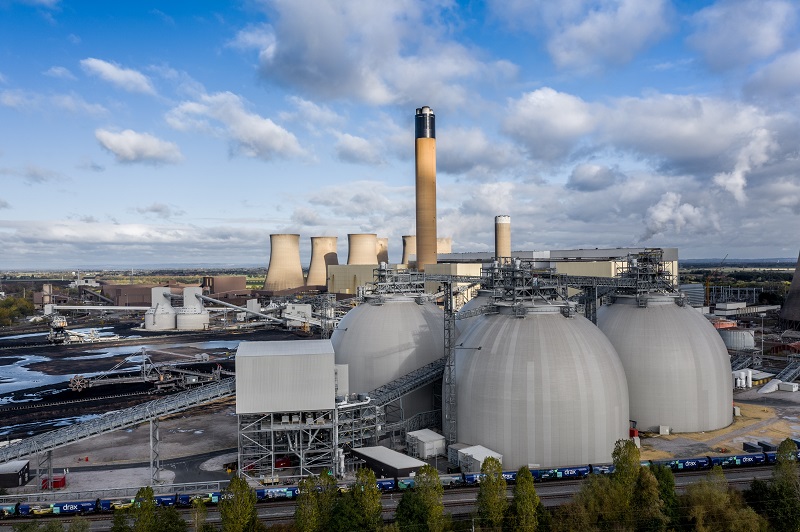Carbon removal blog 2- The fight against climate change

Since 2023, I have been working with colleagues from Partners for Innovation, Wageningen Environmental Research, DG CLIMA and experts from across Europe on the EU-wide voluntary framework for the certification of carbon removal and carbon farming. What does carbon removal actually mean?
First of all: what is the problem? The atmosphere mainly consists of oxygen, nitrogen and carbon dioxide. However, in recent decades, too much carbon has been released into the air in the form of carbon dioxide (CO₂). This surplus is mainly the result of human activities. The main causes are:
- Combustion of fossil fuels – Fossil fuels such as oil, coal and natural gas are incinerated for energy generation, transport, industrial processes and heating. When these hydrocarbons are incinerated, the stored carbon is released in the form of CO₂.
- Deforestation – Trees store large amounts of carbon in their biomass (wood, leaves, roots) and the soil through photosynthesis. When these trees are cut down for agricultural land use and burned, this carbon is released back into the atmosphere as CO₂.
- Industrial processes: In addition to the use of fuels that release CO₂ during the production of cement, steel and chemicals, CO₂ is also inevitably produced as a by-product. For example, during the production of cement, carbon is released during the chemical reaction that converts limestone into cement.
- Change in land use – The conversion of natural ecosystems into agricultural land is often accompanied not only by deforestation but also by the drainage of wetlands/peat areas. This releases the stored carbon from the soil and vegetation.
The accumulation of carbon dioxide (CO₂) in the atmosphere increases global warming (greenhouse effect). This is the source of climate change: rising temperatures, changing weather patterns, melting ice caps, and rising sea levels.
Removing CO₂ from the atmosphere is therefore essential in the fight against climate change. Carbon removal helps to reduce the concentration of greenhouse gases in the atmosphere and thus to limit global warming.
Methods to remove CO₂
CO₂ can be removed from the atmosphere in various ways.
With natural processes during the growth of trees and plants and with the absorption of CO₂ by soils
With technological methods in which CO₂ is removed directly from the atmosphere. For example, by Direct Air Capture (DAC) in which air is passed through a filter that captures CO₂ that is then stored or reused
By a combination of natural and technological methods such as Bioenergy with Carbon Capture and Storage (BECCS) in which biomass such as wood or plants is burned to generate energy and the CO₂ released in the process is captured and stored (see picture of Drax Power Station).
With carbon farming. Carbon farming focuses on agricultural practices that increase the amount of carbon in the soil and vegetation. This helps both to improve soil health and to reduce the amount of carbon dioxide in the atmosphere.
Curious?
This is the second blog in the series on Carbon Removal.
- Also read our blog on best practices in nature-based CO2 removal
In the next blog I will discuss the natural storage of carbon.
Visit our page on nature based carbon removal by trees and soil.
Want to
know more?
Contact us!


